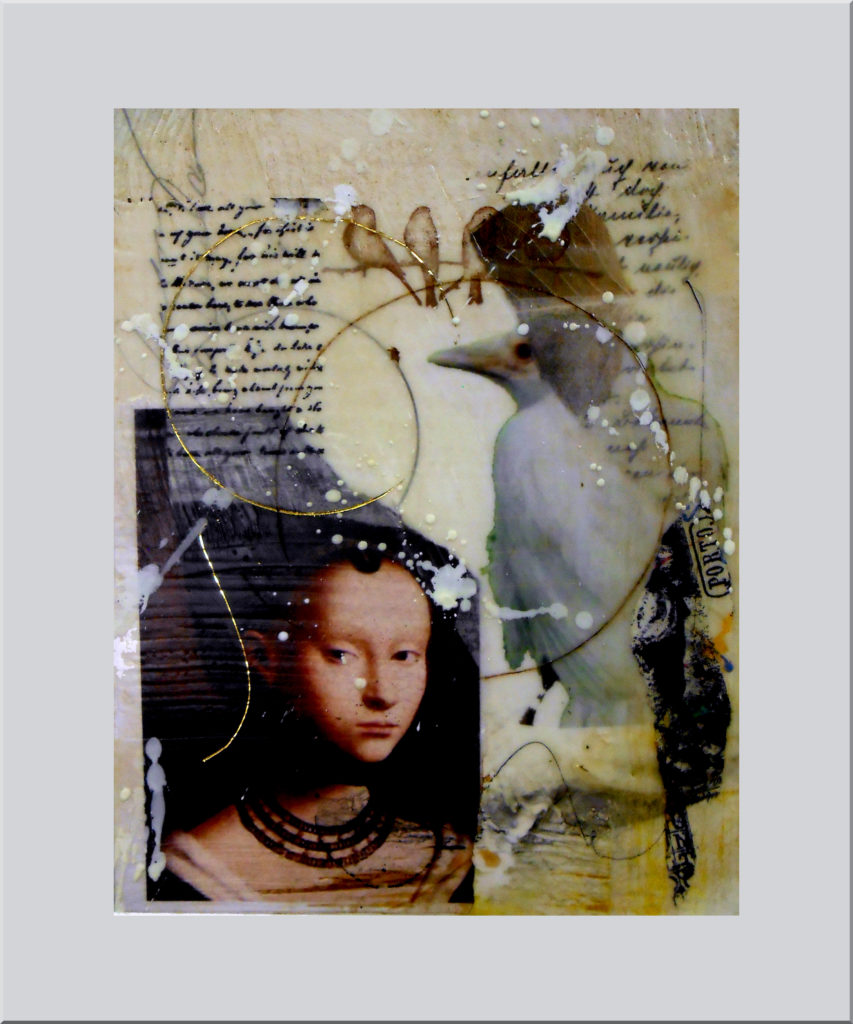
One of my favorite poets and people, Pamela Ferguson, contacted me recently to see if I’d teach a Wax and Talisman workshop for her small group, and I said “Of course!”. Pamela had taken the Small Worlds workshop last March and I wrote about her work here in an earlier post.
Teaching this talisman workshop is so rewarding – it’s the subject of my latest ebook, and one of the most personal workshops that I offer. So I was excited to be teaching it “live,” especially when I found out that Pamela’s granddaughter Caitlyn would be in the group. It’s fun to see how different generations respond to an art challenge.
Pamela’s group came to the studio yesterday and we had a thoroughly enjoyable afternoon. The workshop has three components:
- Personalizing the earthenware face piece and painting melted beeswax wax on the surface
- Making rolled paper “blessing beads” and adding texture, beeswax, and metallic enhancements
- Tying symbolic ribbons and cord to the focal piece and stringing the beads
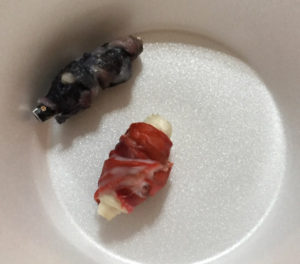
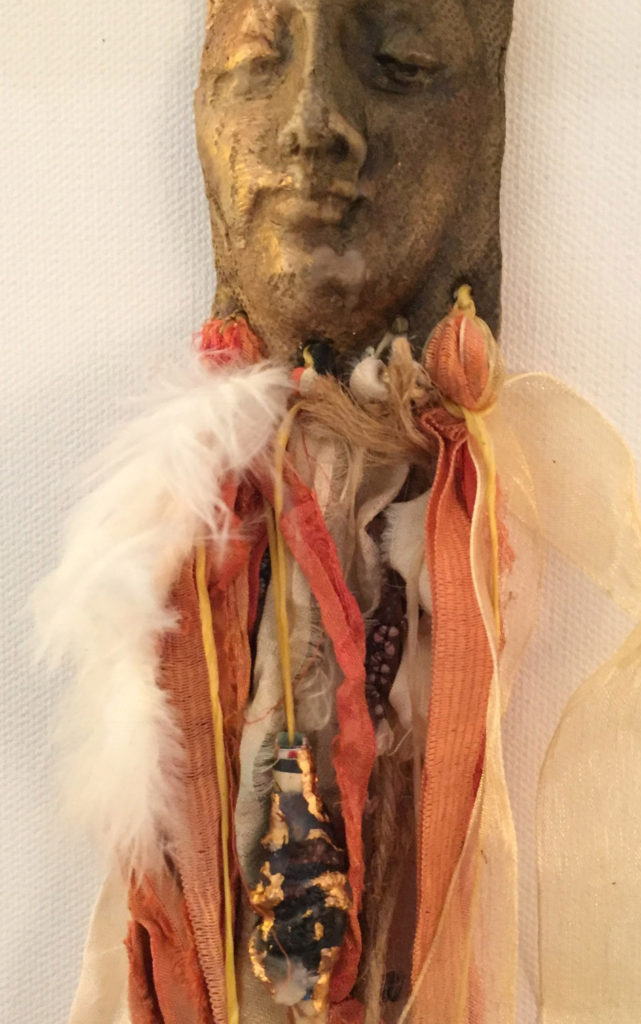
Every step has meaning and intention. I asked the students to let their intuition lead them and to see what would happen. I also asked them to name their pieces when we finished.
This is Caitlyn’s piece – she is a senior in high school and very perceptive about herself and others. She adores her grandmother, Pamela.
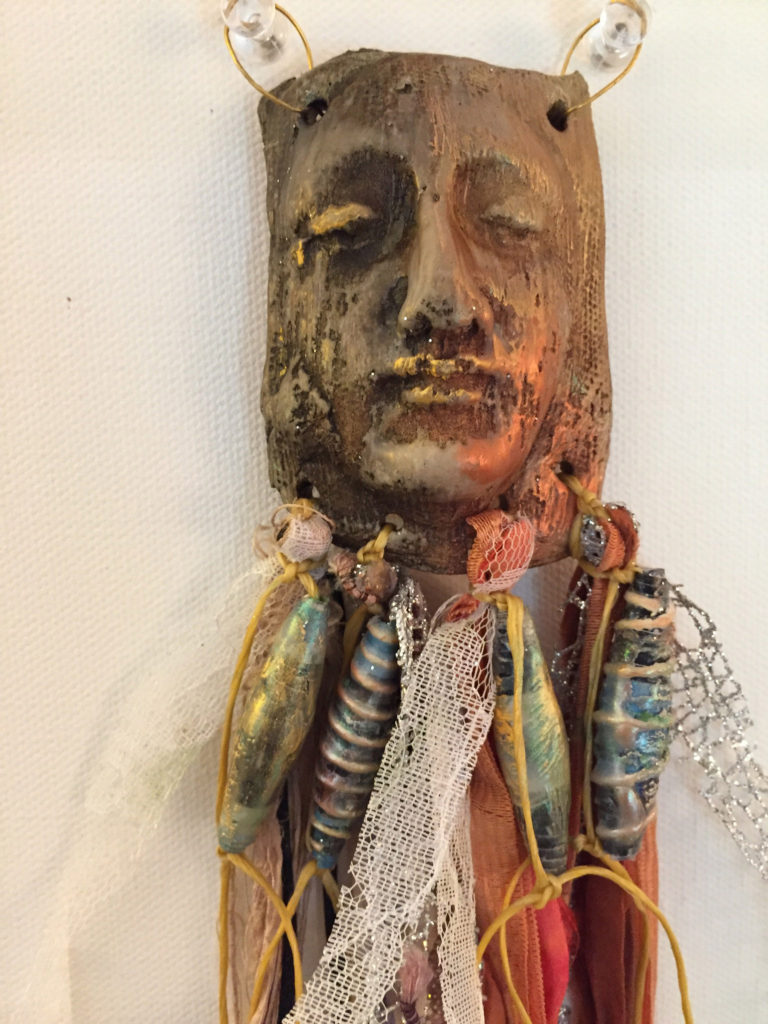
Her blessing beads are beautiful, and I like the way she has grouped them at the bottom edge of the face. During discussion time, I asked Caitlyn what she had named her talisman. She said the name kept shifting as she got deeper and deeper into the process, but it had ended up as “Venus” – not what she’d expected. We all understood what she meant !
This morning, I got an email from Pamela saying how much they had enjoyed the workshop. Then she told me that Caitlyn had started talking about her talisman as they were driving home. Her words were almost an impromptu poem, which Pamela wrote down.
Read Caitlyn’s poem and look at the talisman she created which inspired it – lovely.

It’s all about trusting the process – letting go of what we expect and letting the intuitive take over. I’m very glad that Caitlyn’s work and poetry expresses this so perfectly – she didn’t mean for her to be Venus, the goddess of love, but that’s how she came out!
But wait, there’s more! Pamela, a published poet, had her own insight about the process. She sent me her poem this morning, as well – it’s titled “Paper Bead,” but it’s about much, much more.
Paper Bead
by Pamela Ferguson
Cut a strip of paper,
long
narrow
Write a secret word,
a power word
a sacred one –
a promise – a passion –
a vision word.
Glue the strip
almost end to end
side to side.
Coat your word
with protection.
Lay a skewer on the almost end –
roll the strip onto the tiny dowel
until your word is cocooned within –
held by the power of your hands
the dowel
the glue.
Bedeck the roll with ribbon
or string or yarn-
chain or silk or sinew.
Seal in place with that most
basic of adherents –
pure, warm beeswax.
Coat the cocoon.
Seal your word
in the unique world you make
and remake each day.
Add its shape and your word
to your memory’s bliss.
Then do another.
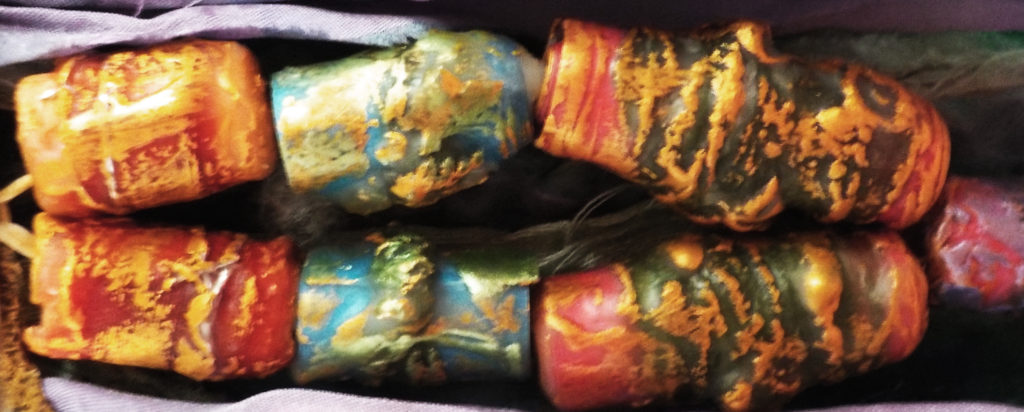

 We had a full house for yesterday’s Wax and Tissue workshop. Everyone was particularly interested in how to print images on delicate tissue paper. If you do an Internet search, you’ll find all kinds of methods to do this.
We had a full house for yesterday’s Wax and Tissue workshop. Everyone was particularly interested in how to print images on delicate tissue paper. If you do an Internet search, you’ll find all kinds of methods to do this.